19
American Graffiti
Author: George Lucas
Year: 1973 Edit Add
Book: Postmodernism, or, The Cultural Logic of Late Capitalism
American Graffiti
Author: George LucasYear: 1973 Edit Add
Book: Postmodernism, or, The Cultural Logic of Late Capitalism
Nostalgia films restructure the whole issue of pastiche and project it onto a collective and social
level, where the desperate attempt to appropriate a missing past is now refracted through the iron law of fashion change and the emergent ideology of the generation. The inaugural film of this new aesthetic discourse, George Lucas American Graffiti ( 1973), set out to recapture, as so
many films have attempted since, the henceforth mesmerizing lost reality of the Eisenhower era;
and one tends to feel, that for Americans at least, the 1950s remain the privileged lost object of
desire.
Nostalgia films restructure the whole issue of pastiche and project it onto a collective and social
level, where the desperate attempt to appropriate a missing past is now refracted through the iron law of fashion change and the emergent ideology of the generation. The inaugural film of this new aesthetic discourse, George Lucas American Graffiti ( 1973), set out to recapture, as so
many films have attempted since, the henceforth mesmerizing lost reality of the Eisenhower era;
and one tends to feel, that for Americans at least, the 1950s remain the privileged lost object of
desire.
Rumble Fish
Author: Francis Ford Coppola
Year: 1983 Edit Add
Book: Postmodernism, or, The Cultural Logic of Late Capitalism
Rumble Fish
Author: Francis Ford CoppolaYear: 1983 Edit Add
Book: Postmodernism, or, The Cultural Logic of Late Capitalism
-- not merely the stability and prosperity of a pax Americana but also the first naive innocence of the countercultural impulses of early rock and roll and youth gangs ( Coppola Rumble Fish will then be the contemporary dirge that laments their passing, itself, however, still contradictorily filmed in genuine nostalgia film style).
-- not merely the stability and prosperity of a pax Americana but also the first naive innocence of the countercultural impulses of early rock and roll and youth gangs ( Coppola Rumble Fish will then be the contemporary dirge that laments their passing, itself, however, still contradictorily filmed in genuine nostalgia film style).
Chinatown
Author: Roman Polanski
Year: 1974 Edit Add
Book: Postmodernism, or, The Cultural Logic of Late Capitalism
Chinatown
Author: Roman PolanskiYear: 1974 Edit Add
Book: Postmodernism, or, The Cultural Logic of Late Capitalism
With this initial breakthrough, other generational periods open up for aesthetic colonization: as witness the stylistic recuperation of the American and the Italian 1930s, in Polanski Chinatown and Bertolucci Il Conformista, respectively. More interesting, and more problematical, are the ultimate attempts, through this new discourse, to lay siege either to our own present and immediate past or to a more distant history that escapes individual existential memory.
With this initial breakthrough, other generational periods open up for aesthetic colonization: as witness the stylistic recuperation of the American and the Italian 1930s, in Polanski Chinatown and Bertolucci Il Conformista, respectively. More interesting, and more problematical, are the ultimate attempts, through this new discourse, to lay siege either to our own present and immediate past or to a more distant history that escapes individual existential memory.
Il Conformista
Author: Bernardo Bertolucci
Year: 1970 Edit Add
Book: Postmodernism, or, The Cultural Logic of Late Capitalism
Il Conformista
Author: Bernardo BertolucciYear: 1970 Edit Add
Book: Postmodernism, or, The Cultural Logic of Late Capitalism
With this initial breakthrough, other generational periods open up for aesthetic colonization: as witness the stylistic recuperation of the American and the Italian 1930s, in Polanski Chinatown and Bertolucci Il Conformista, respectively. More interesting, and more problematical, are the ultimate attempts, through this new discourse, to lay siege either to our own present and immediate past or to a more distant history that escapes individual existential memory.
With this initial breakthrough, other generational periods open up for aesthetic colonization: as witness the stylistic recuperation of the American and the Italian 1930s, in Polanski Chinatown and Bertolucci Il Conformista, respectively. More interesting, and more problematical, are the ultimate attempts, through this new discourse, to lay siege either to our own present and immediate past or to a more distant history that escapes individual existential memory.
Epcot
Author: Walt Disney Company
Year: 1982 Edit Add
Book: Postmodernism, or, The Cultural Logic of Late Capitalism
Epcot
Author: Walt Disney CompanyYear: 1982 Edit Add
Book: Postmodernism, or, The Cultural Logic of Late Capitalism
Faced with these ultimate objects -- our social, historical, and existential present, and the past
as "referent" -- the incompatibility of a postmodernist "nostalgia" art language with genuine
historicity becomes dramatically apparent. The contradiction propels this mode, however, into
complex and interesting new formal inventiveness; it being understood that the nostalgia film
was never a matter of some old-fashioned "representation" of historical content, but instead
approached the "past" through stylistic connotation, conveying "pastness" by the glossy qualities of the image, and "1930s-ness" or "1950s-ness" by the attributes of fashion (in that following the prescription of the Barthes of Mythologies, who saw connotation as the purveying of imaginary and stereotypical idealities: "Sinité," for example, as some Disney-EPCOT "concept" of China).
Faced with these ultimate objects -- our social, historical, and existential present, and the past
as "referent" -- the incompatibility of a postmodernist "nostalgia" art language with genuine
historicity becomes dramatically apparent. The contradiction propels this mode, however, into
complex and interesting new formal inventiveness; it being understood that the nostalgia film
was never a matter of some old-fashioned "representation" of historical content, but instead
approached the "past" through stylistic connotation, conveying "pastness" by the glossy qualities of the image, and "1930s-ness" or "1950s-ness" by the attributes of fashion (in that following the prescription of the Barthes of Mythologies, who saw connotation as the purveying of imaginary and stereotypical idealities: "Sinité," for example, as some Disney-EPCOT "concept" of China).
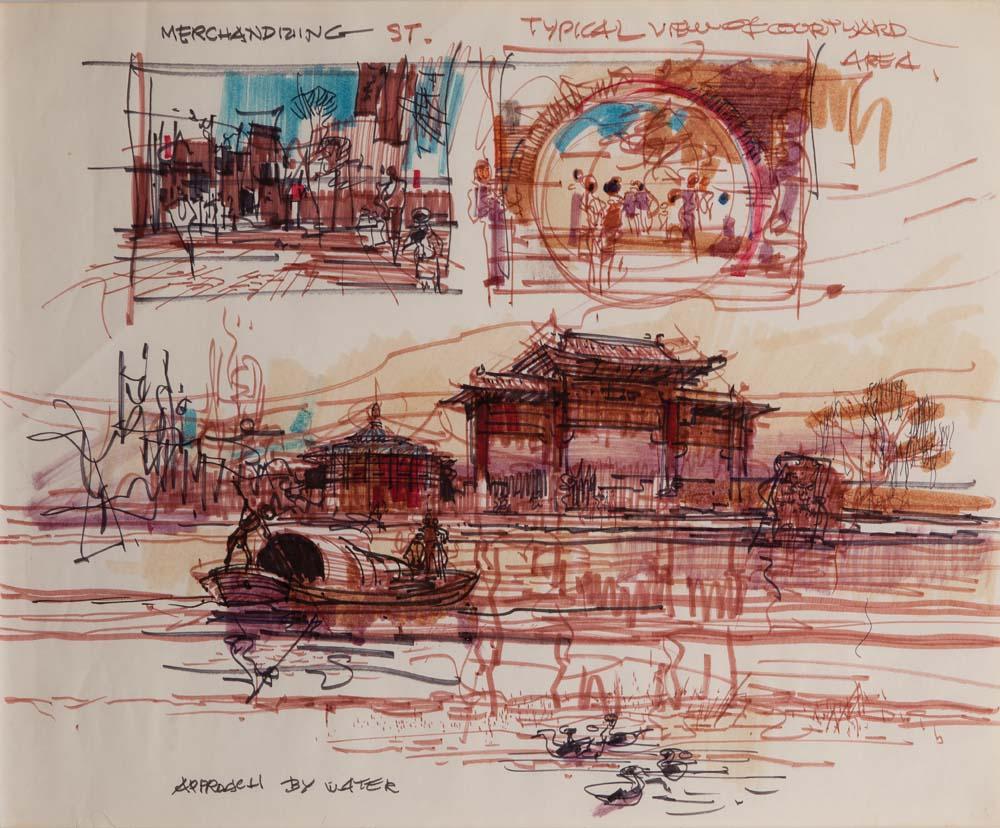 Source type: picture
Source type: pictureInfo: Conceptual design artwork for the World Showcase, China Pavilion at EPCOT Center by Herbert Ryman
Original size: 1000x828 px. Edit
 Log-in
Log-in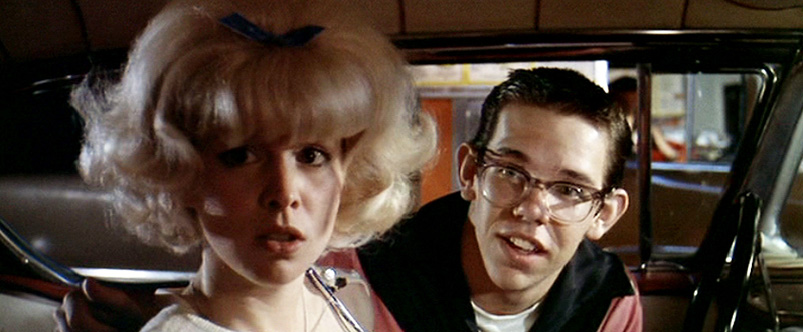 Source type: picture
Source type: picture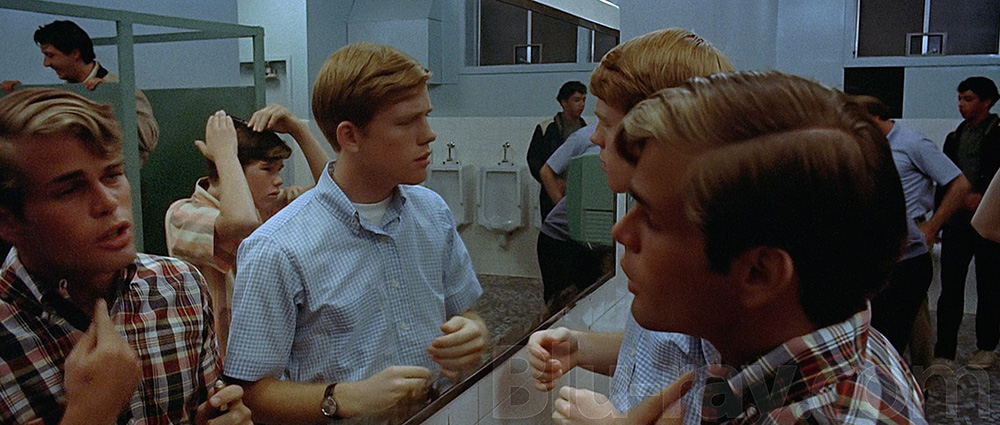 Source type: picture
Source type: picture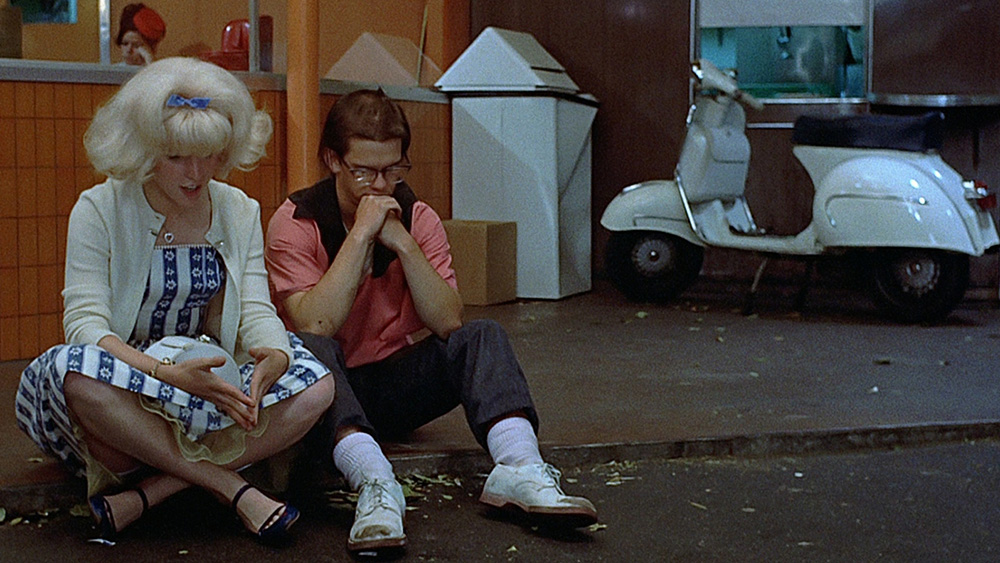 Source type: picture
Source type: picture Source type: picture
Source type: picture Source type: picture
Source type: picture Source type: picture
Source type: picture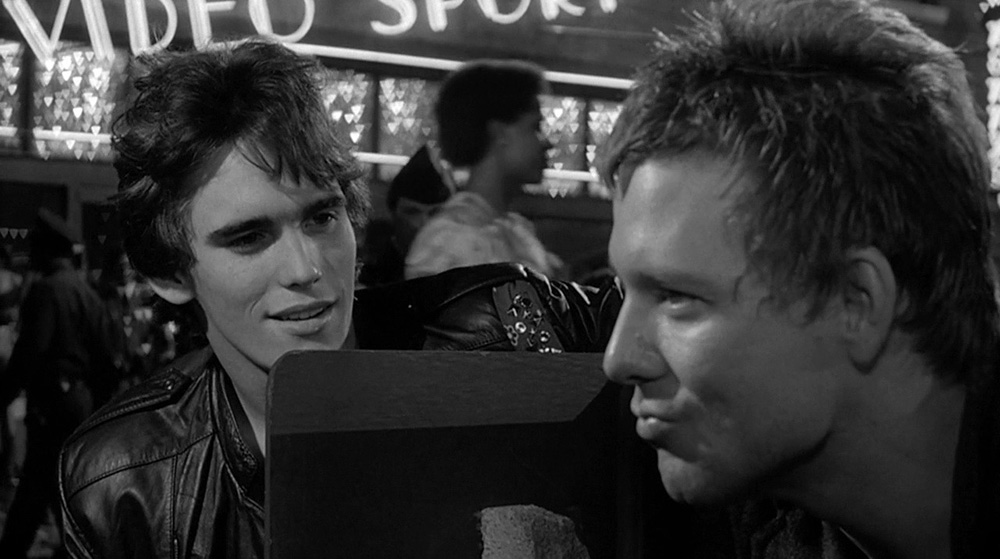 Source type: picture
Source type: picture Source type: picture
Source type: picture Source type: picture
Source type: picture Source type: picture
Source type: picture Source type: picture
Source type: picture Source type: picture
Source type: picture Source type: picture
Source type: picture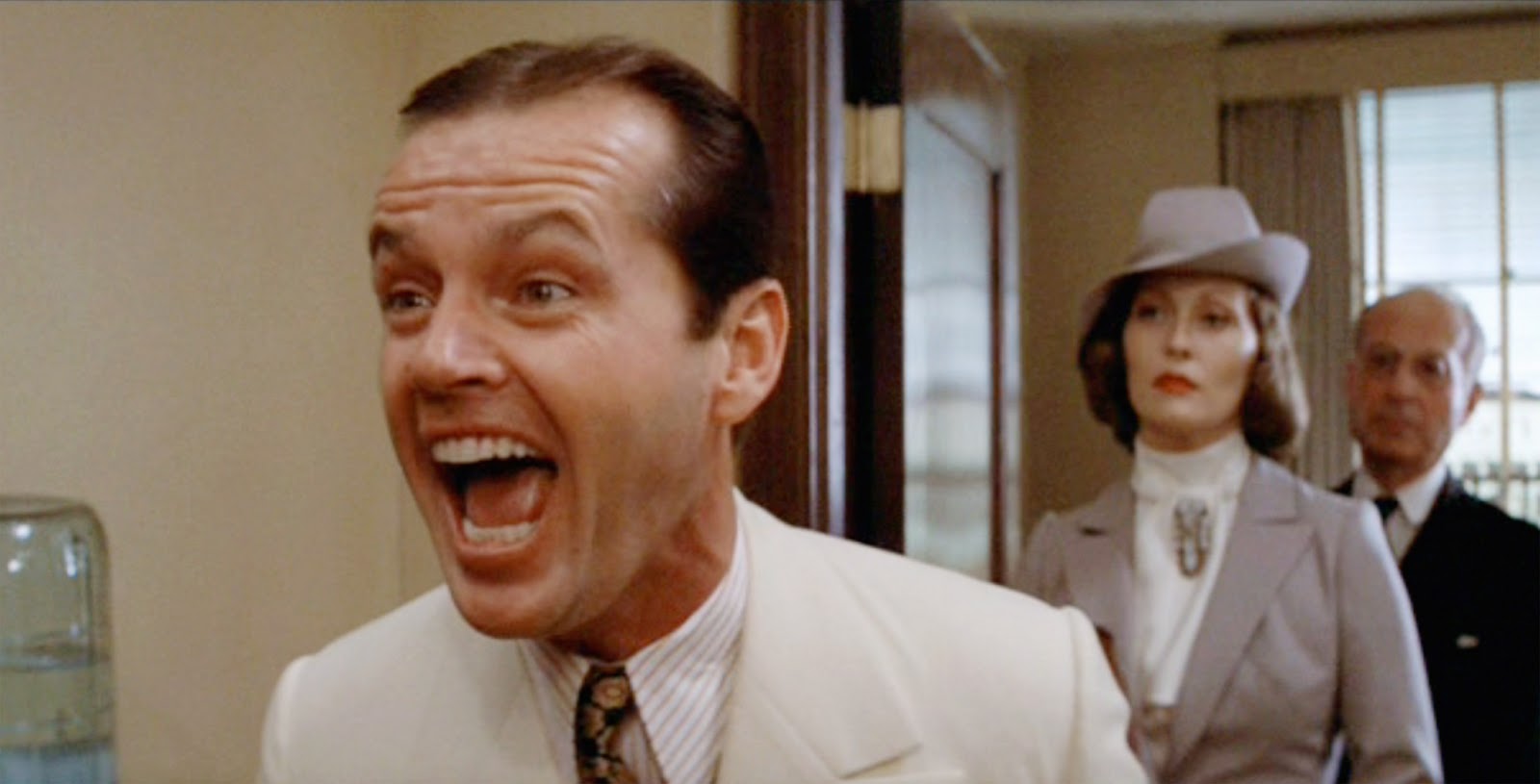 Source type: picture
Source type: picture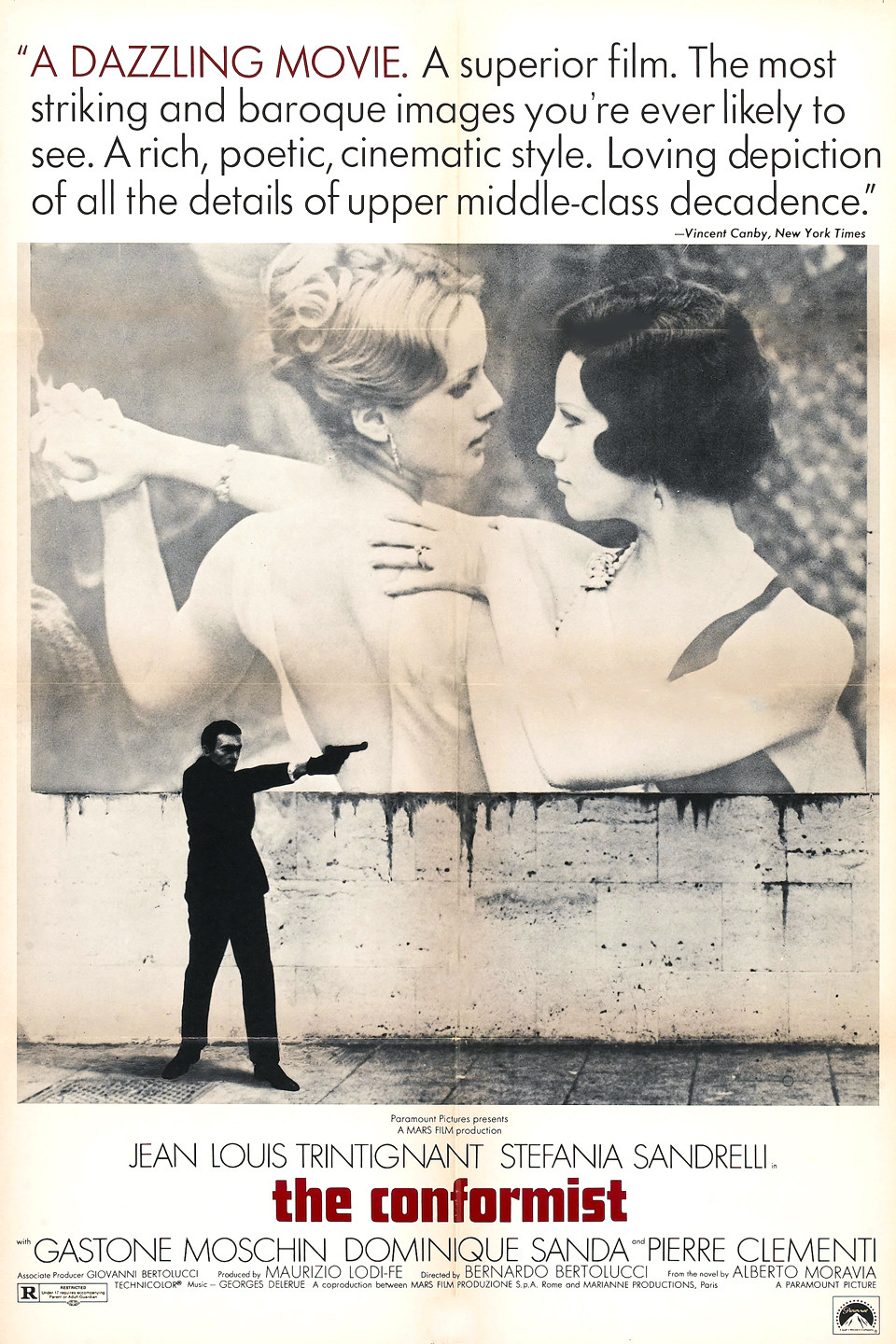 Source type: picture
Source type: picture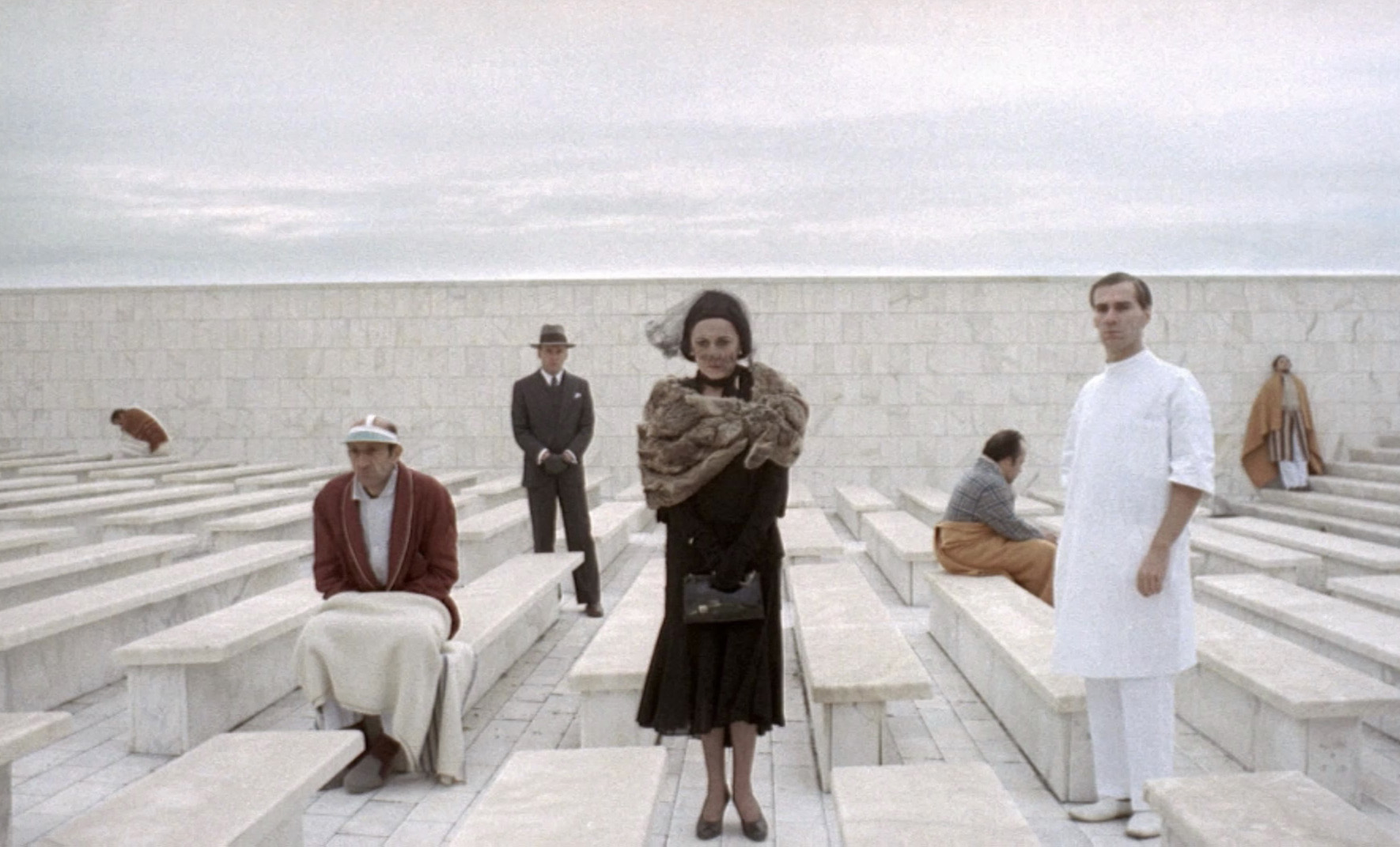 Source type: picture
Source type: picture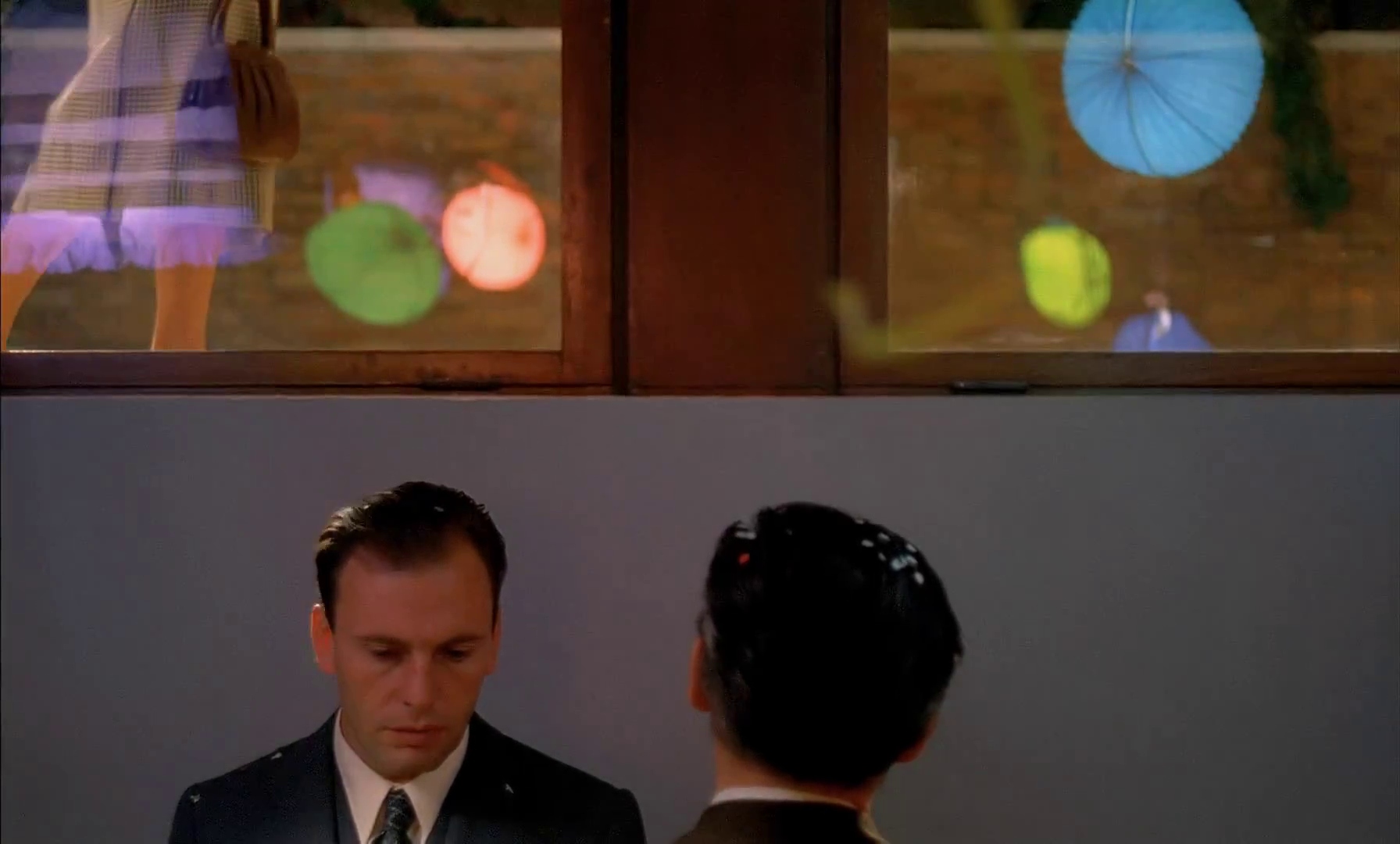 Source type: picture
Source type: picture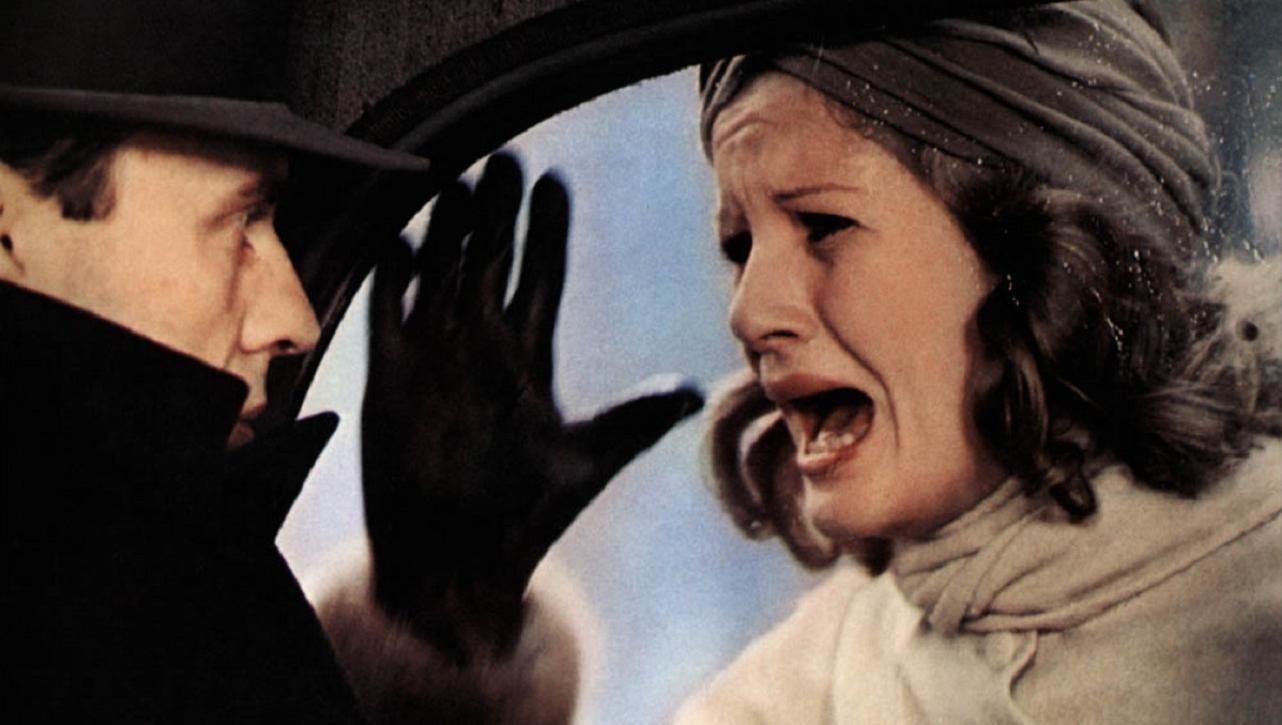 Source type: picture
Source type: picture Source type: picture
Source type: picture Source type: picture
Source type: picture


